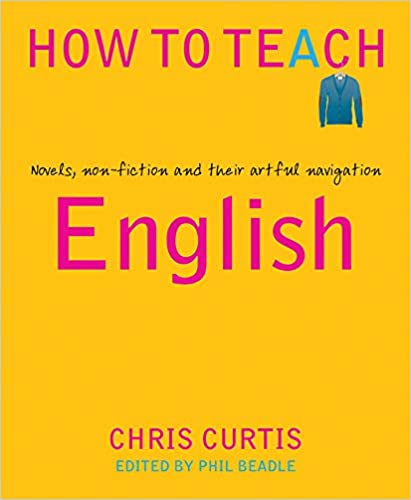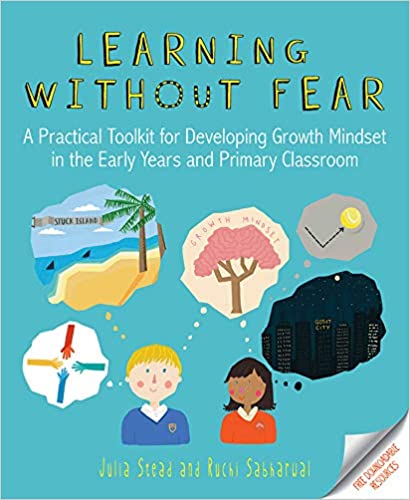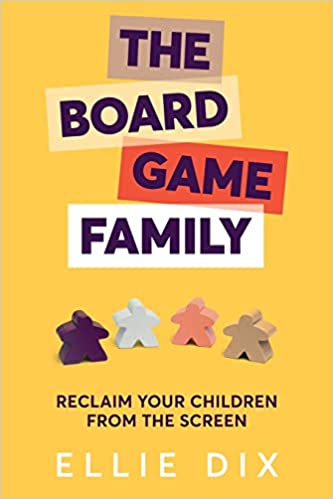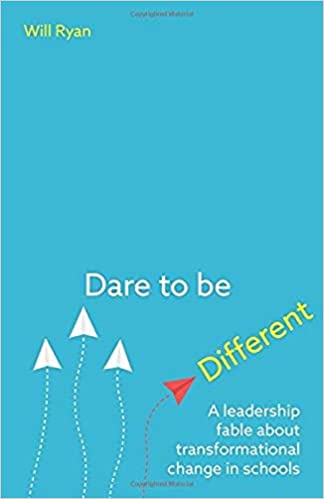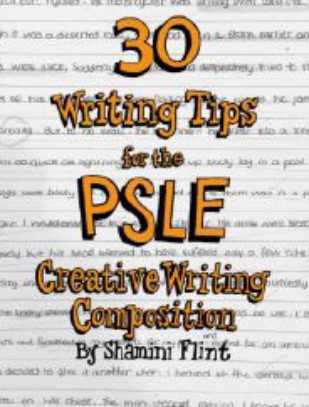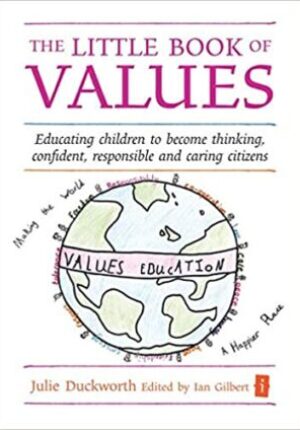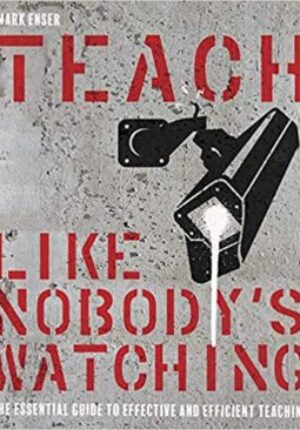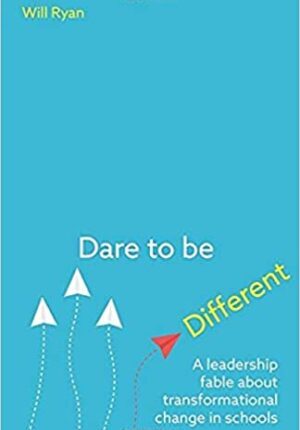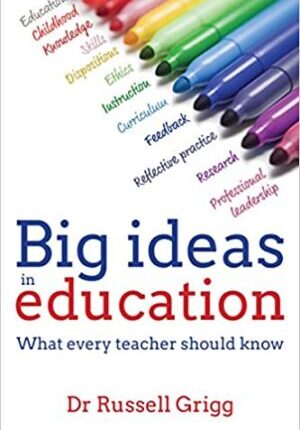Ron Ritchhart, Ed.D., has been a researcher at Project Zero, Harvard Graduate School of Education, since 1994. His research focuses on understanding how to develop, nurture, and sustain thoughtful learning environments for both students and teachers. Prior to joining the Project Zero research group, Ron taught for fourteen years and in 1993, received the Presidential Award for Excellence in Secondary Mathematics Teaching. Ron is the author of many articles and several books, including Intellectual Character: What It Is, Why It Matters, and How to Get It (Jossey-Bass 2002; 15,987 sold). He is the coauthor and coproducer of the Creative Classroom Project video series distributed by Disney Learning Partnership, and he also produced a DVD about Visible Thinking. Mark Church has been a teacher in both elementary and middle schools since 1992. While in the classroom, Mark put into practice Harvard Project Zero research, including both Teaching for Understanding and Visible Thinking. He is now the Learning, Assessment, and Instructional Resource Supervisor for the Traverse City Area Public Schools in Michigan.Karin Morrison Karin Morrison was invited to establish and lead the Janusz Korczak Association Australia and is currently president of this Association. The UN Convention on the Rights of the Child was based on the work of Janusz Korczak, educator, humanist and author.
Making thinking visible: how to promote engagement, understanding, and independence for all learners Ebook
Visible Thinking is a research-based approach to teaching thinking that develops students’ thinking dispositions, while at the same time deepening their understanding of the topics they study. Rather than a set of fixed lessons, Visible Thinking is an extensive and adaptable collection of practices that include thinking routines and the documentation of student thinking. The routines are a central element of the practical, functional and accessible nature of Visible Thinking. Thinking routines are easy to use mini-strategies that are repeatedly used in the classroom. They are a small set of questions or a short sequence of steps that can be used across various grade levels and content. Each routine targets a different type of thinking and by bringing their own content, teachers can integrate the routines into the fabric of their classrooms. Thinking Routines help direct student thinking and structure classroom discussion. Thinking becomes visible as the students’ different viewpoints are expressed, documented, discussed and reflected upon.
| Year | 2011 |
|---|---|
| Format | Ebook |
| Author |
Ron Ritchhart |
| Publisher |
John Wiley |




